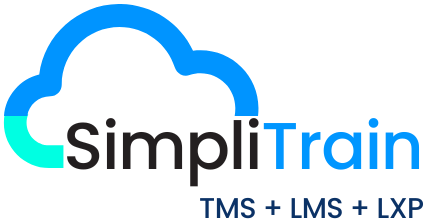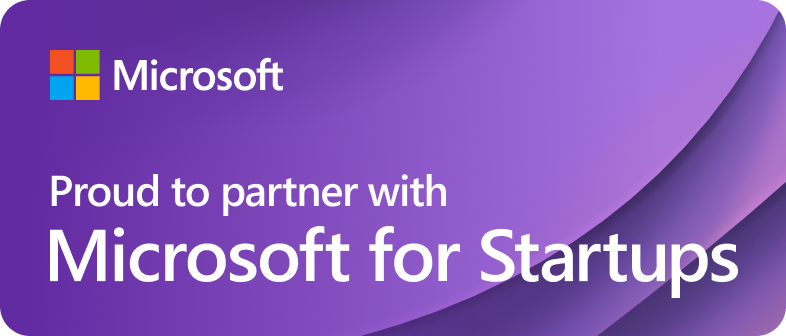8 Effective Strategies to Future-Proof Your Software Team Through Upskilling and Reskilling
Stay ahead in the fast-paced tech industry by investing in continuous learning and adaptability for your software team.
In today’s rapidly evolving tech landscape, the need for continuous learning and adaptability has never been more critical. As new technologies emerge and existing ones evolve, organizations must prioritize upskilling and reskilling their software teams to stay competitive.
According to the World Economic Forum, by 2025, 50% of all employees will need reskilling due to technological advancements. Here’s how you can effectively future-proof your software team through strategic learning initiatives.
1. Understanding Upskilling and Reskilling
Upskilling involves enhancing existing skills or knowledge, enabling team members to become more proficient in their current roles. Reskilling, on the other hand, entails training employees to develop new skills for different roles or technologies. Both approaches are essential for ensuring your team can adapt to changing demands and seize new opportunities.
“In the tech industry, learning is a continuous journey. Upskilling and reskilling are not optional but imperative for survival.”
— Satya Nadella, CEO of Microsoft
2. Identifying Skills Gaps
Before embarking on upskilling and reskilling initiatives, it’s crucial to assess the current skill levels of your team. Conduct a thorough skills gap analysis to identify areas where your team may be lacking.
Methods to Identify Gaps:
- Surveys and Self-Assessments: Allow team members to evaluate their skills and identify areas for improvement.
- Performance Reviews: Use regular evaluations to pinpoint strengths and weaknesses.
- Feedback from Team Leads or Project Managers: Gather insights from those who oversee daily operations.
Understanding these gaps enables you to tailor your training programs to meet specific needs. A study by LinkedIn Learning found that 74% of employees want to learn during their spare time at work, highlighting the importance of providing targeted learning opportunities.
3. Creating a Learning Culture
Fostering a culture of continuous learning is vital for encouraging team members to embrace upskilling and reskilling. Here are some strategies to build this culture:
- Encourage Curiosity: Promote a mindset where team members feel comfortable exploring new technologies and methodologies.
- Allocate Time for Learning: Provide dedicated time during work hours for employees to pursue training or learning opportunities. Google’s “20% time” policy is a famous example, allowing employees to spend 20% of their time on personal projects and learning.
- Celebrate Learning Achievements: Recognize and reward team members who engage in professional development, reinforcing the value of continuous learning.
“An organization’s ability to learn, and translate that learning into action rapidly, is the ultimate competitive advantage.”
— Jack Welch, Former CEO of General Electric
4. Leveraging eLearning and LMS
Utilizing an effective Learning Management System (LMS) can streamline your upskilling and reskilling efforts. An LMS offers:
- Flexible Learning Paths: Create customized learning paths that allow employees to choose courses aligned with their career goals and interests.
- Access to Diverse Resources: Provide access to a wide range of training materials, including video tutorials, interactive courses, and coding challenges.
- Tracking Progress: Monitor employee progress and completion rates, allowing for adjustments to training programs as needed.
According to Research and Markets, the global eLearning market is expected to reach $325 billion by 2025, emphasizing the growing reliance on digital learning solutions.
5. Emphasizing Emerging Technologies
To future-proof your software team, focus on training them in emerging technologies that are shaping the industry. Consider areas such as:
- Cloud Computing: With the shift to cloud services, training in platforms like Amazon Web Services (AWS), Microsoft Azure, or Google Cloud Platform is essential.
- Artificial Intelligence and Machine Learning: Equip your team with knowledge in AI and ML, enabling them to develop innovative solutions. Gartner predicts that by 2024, 75% of enterprises will shift from piloting to operationalizing AI.
- DevOps Practices: Foster collaboration between development and operations through training in DevOps methodologies, tools like Docker and Kubernetes, and practices such as Continuous Integration/Continuous Deployment (CI/CD).
6. Encouraging Cross-Functional Training
Cross-functional training enhances your team’s versatility and collaboration. Encourage developers to learn about other roles within the software development lifecycle:
- Quality Assurance (QA): Understanding testing methodologies can improve coding practices and reduce defects.
- User Experience (UX) Design: Knowledge of UX principles can lead to more user-friendly software and better customer satisfaction.
- Project Management: Training in project management methodologies like Agile or Scrum can improve communication and efficiency within teams.
“Cross-functional teams with diverse skills drive innovation and accelerate problem-solving.”
— Marissa Mayer, Former CEO of Yahoo
7. Investing in Mentorship Programs
Establishing mentorship programs can significantly enhance the learning experience.
- Knowledge Transfer: Pair less experienced team members with seasoned professionals who can provide guidance, support, and insights.
- Career Development: Mentors can help mentees navigate their career paths and set professional goals.
- Community Building: This relationship fosters a sense of belonging and strengthens team cohesion.
A study by Sun Microsystems revealed that mentees were promoted 5 times more often than those not in a mentorship program, highlighting its impact on career growth.
8. Evaluating and Adapting Training Programs
The tech landscape is constantly changing, making it essential to regularly evaluate your training programs.
- Gather Feedback: Solicit input from participants to understand what’s working and what needs improvement.
- Track Performance Improvements: Measure the impact of training on productivity, code quality, and project delivery times.
- Stay Informed About Industry Trends: Keep abreast of new technologies, tools, and best practices to ensure your training remains relevant.
This ongoing evaluation allows you to adapt your training strategies and ensure they continue to meet the evolving needs of your team.
Conclusion
Future-proofing your software team through upskilling and reskilling is not just a necessity; it’s a strategic advantage. By investing in continuous learning, fostering a culture of curiosity, and leveraging the right tools and resources, your organization can empower its workforce to adapt and thrive in an ever-changing environment.
According to IBM, companies that prioritize employee development report a 14% higher productivity rate and 34% higher employee retention. Investing in your team’s growth is an investment in your company’s success.
Ready to Equip Your Software Team for the Future?
Discover how SimpliTrain Learning Management System (LMS) can support your upskilling and reskilling initiatives with tailored training solutions designed for the software industry.













